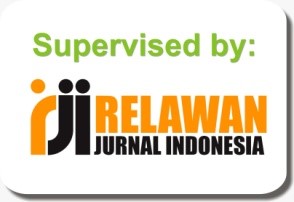The Locus of Innovation: A Literature Review
Abstract
The most commonly asked question in the research of innovation is: what type of firms can innovate more productively, startups or established firms? A related question is: does the nature of innovation affect the comparative advantages of startups versus established firms? This paper reviews the literature on the locus of innovation from multiple perspectives, including explanations based on organizational capabilities, incentives and agency costs, transaction cost economics, and property rights theory. It seeks to provide an integrative view of the comparative advantages of startups versus established firms when handling innovation. Prior research on the locus of innovation has significant implications not only for the theory of innovation, but also for the theory of the firm. Most notably, integration is primarily motivated by coordination benefits and improved incentives for investment in non-human assets (Williamson, 1985; Grossman & Hart, 1986; and Hart & Moore, 1990). However, integration suffers from weaker incentives to invest in human assets (Holmstrom, 1989).













